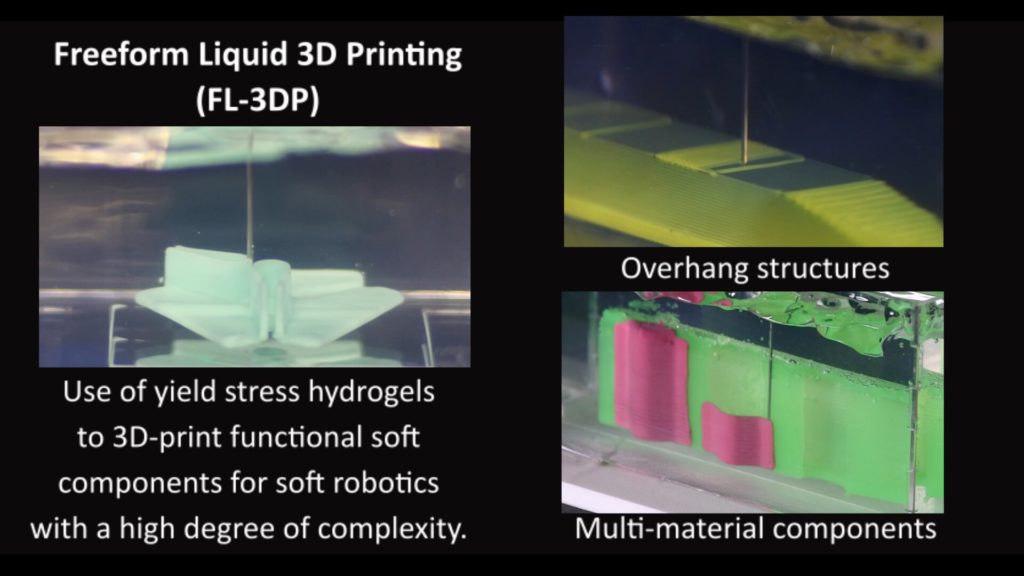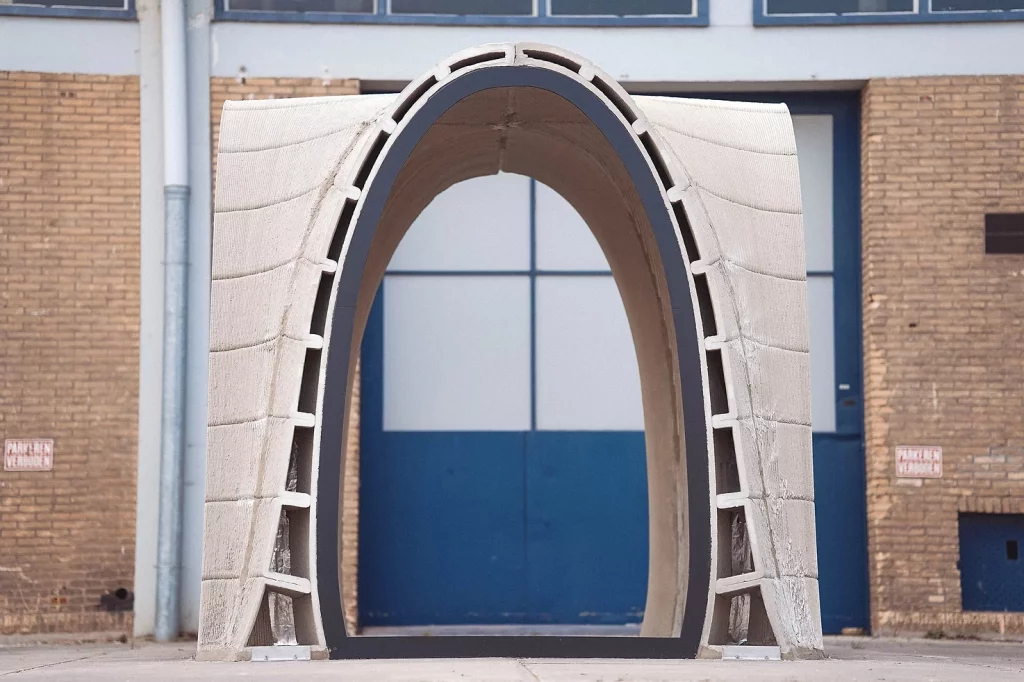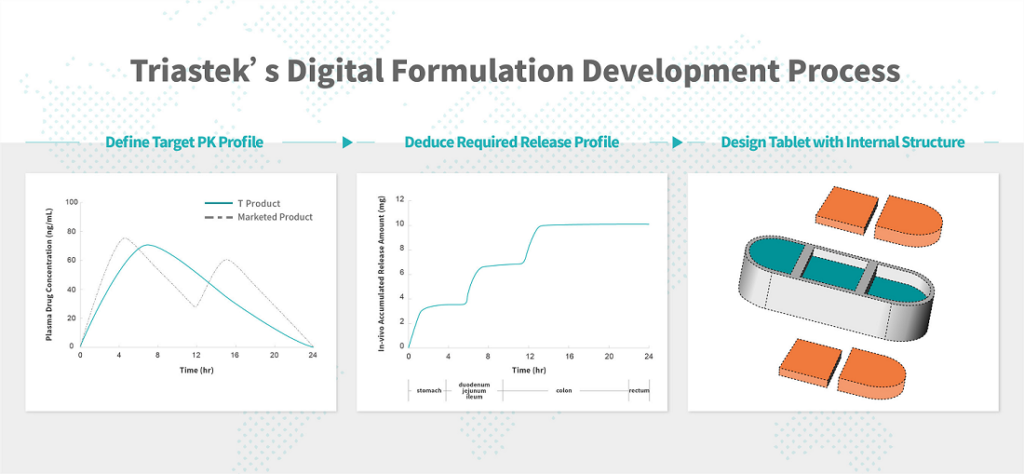We’re going to tell you about a 3D printed pavilion and a 3D printed set of stairs first in today’s 3D Printing News Briefs. Moving on, Triastek has received FDA clearance to begin clinical studies for its Investigational New Drug (IND) application for a 3D printed drug product. A team of researchers from Singapore developed a new method for 3D printing functional, complex components for soft robotics, and 3D printed tortoise shells could help save an endangered species. Finally, a YouTube inventor used 3D printing to create a LEGO-sorting vacuum prototype.
3D Printed Concrete Shell Pavilion
In 2018, the Huizenprinters consortium of construction firm Heilijgers BV, concrete supplier Van der Kamp BV, innovation specialists Blueways, the De WAR innovation community, and concrete 3D printing spinoff Vertico BV, was working to 3D print a concrete structure with a robotic AM system. With financial support from the Province of Utrecht and additional assistance from Aectual CTO Jelle Feringa and Summum Engineering founder Diederik Veenendaal, the consortium got to work. Now, its 3D printed concrete shell structure pavilion, which didn’t need custom framework or rebar, has been completed.
The team published its findings and shared what they learned at several knowledge-sharing events, and things started to come together. They created many iterations of software and hardware, and developed a process that could speed up the hardening of concrete by adding an accelerant at the printhead. Using a non-planar printing strategy, the whole structure was segmented in eight long, thin parts, which, while solving the issue of printing the roof, created several new issues, such as risk of shrinkage cracking and the potential for buckling. But the team fixed every problem one by one. Parametric design was used to create multiple iterations of the pavilion in quick succession, and this technique also connected to the object’s slicing into robot code. The pavilion has improved sustainability, as its temporary support structure was removed and can be reused for another project, and because it’s made of only one material, the structure is easier to recycle.
3D Printed Stairs in the Netherlands
Steff Vleugels, Operations Manager, 3D Concrete Printing, at Saint-Gobain Weber Beamix, recently posted on LinkedIn about an interesting concrete 3D printing project. In the northern part of the Netherlands, sustainable construction company BAM Infra Nederland installed a 20 meter long set of 3D printed concrete stairs into the side of what appears to be a very tall hill. Engineering and consultancy firm Witteveen+Bos completed the engineering for the stairs, and Vleugels said the project—from creating the 3D model and 3D printing the stairs all the way to placing the final product—only took five weeks. The actual 3D printing of the concrete steps only took about ten hours. Vleugels also clarified that no reinforcement was used in the stairs, meaning they are pure 3D printed concrete. One 3 meter long, 1 meter wide 3D printed step weighs about 650-700 kg. Additionally, this set of 3D printed concrete steps is the first project that used the company’s Slopestairs configurator tool:
“Our goal is to make 3DCP technology available for everyone by sharing our production capacity, knowledge and expertise regarding the development and application of 3DCP techniques. One of the key elements of 3DCP is a parametric design. Al parameters of our slope stairs are captured in such parametric design. With this tool you can design a custom stair with only the input of parameters such as length, width and height of the stairs.”
Triastek Granted FDA IND Clearance for 3D Printed Drug
Moving on, Triastek, Inc., a novel 3D printing pharmaceutical technology platform company, announced that the FDA has granted it permission to start clinical studies of its Investigational New Drug (IND) 505(b)(2) application for a 3D printed drug product. The product, T20, is given daily to treat cardiovascular and clotting disorders, and is anticipated to improve adherence while maintaining efficacy and adverse effect profile. The company is using its proprietary digital formulation development process, unique programmed drug release technology, and 3D printing formulation by design (3DFbD®) method to create the novel extended release PK formulation. An in vivo gastrointestinal tract (GIT) dissolution-time/location profile is predicted through the use of a physiologically-based biopharmaceutical model (PBBM) of GIT absorption. Then, Triastek uses its Melt Extrusion Deposition (MED®) 3D printing solution to create the tablet’s internal geometry in order to get the desired release profile and drug pharmacokinetics.
“It usually takes 30 years for an emerging pharmaceutical technology to complete its journey from initial concept to marketplace. 3D printing technology as applied to the development of pharmaceuticals has been explored for over 26 years. The FDA IND clearance of T20 is a significant milestone for Triastek, and demonstrates the significant progress in 3D printing pharmaceuticals,” said Dr. Senping Cheng, founder and CEO of Triastek.
Researchers 3D Printing Complex Components for Soft Robotics

Use of yield stress hydrogels to 3D-print functional soft components for soft robotics with a high degree of complexity. Credit: SUTD
A research team from the Singapore University of Technology and Design (SUTD) published a study about their work developing a new method for 3D printing complex, robust, functional components for soft robotics. The team adapted the emerging multimaterial Freeform Liquid 3D Printing (FL-3DP) technology, which uses gel as a temporary suspension media; inks are extruded and held in place in the gel, which is washed off after the inks solidify. The approach makes it possible to print materials that take a long time to solidify once extruded, and also enables advanced geometries, like overhangs with high-aspect ratios, and multiple materials. Early versions of this process could only fabricate simple shapes and mono-material structures, but the researchers studied the interfacial stabilities and rheological properties between inks and support gels and found a way to better predict the filament shape—leading to better fidelity and resolution. To demonstrate the method’s advantages, they designed and 3D printed advanced pneumatic components for soft robotic gripper applications, and by combining functional, stiff, and soft elastomers, they were able to control shape deformation, increase the lifespan, and tune the functionalities of the components.
SUTD’s Assistant Professor Pablo Valdivia y Alvarado, the study’s principal investigator, said, “FL-3DP and other new extrusion-based additive manufacturing processes are getting us closer and closer to the ultimate target goal of full direct co-fabrication of complex functional systems such as robots and other complex functional products and devices.”
Saving Threatened Desert Tortoise with 3D Printed Decoy Shells
Ravens, a native invasive species, have invaded the deserts of the western U.S. and are majorly threatening the existence of the desert tortoise, one of their favorite snacks. In order to strengthen their shells, young juveniles have to eat, and when they surface to do so, ravens poke their beaks through the still-soft shells. Since the 1980s, desert tortoise populations have decreased by at least 90% thanks to raven attacks, but Hardshell Labs, which uses technology to conserve indigenous wildlife, has been working for a number of years on a concept to save them. The “techno tort” is a 3D printed, counterfeit tortoise shell that not only gathers data on raven strikes, but also fights back with a sprayed non-toxic irritant called methyl anthranilate to discourage the birds from feasting on tortoises. The techno tort’s internal cameras and sensors record when, where, and how ravens are attacking, and the severity of the threat. Autodesk’s Fusion 360 was used to improve the design, and the lifelike shells were 3D printed out of hard plastic resin, featuring electronic accelerators and canister of liquid inside that were installed by Cornerstone Research Group. Hardshell is currently testing how the weaponized prototype tortoise shells hold up under raven attacks, and will next focus on making the 3D printed decoys even more deceptive.
“I fool professional biologists with these things all the time. I fool myself,” said Tim Shields, a field biologist focused on tortoises and the Founder and President of Hardshell Labs.
3D Printed Brackets for LEGO-Sorting Vacuum Attachment
Finally, Matty Benedetto of the YouTube channel Unnecessary Inventions also turned to Fusion 360 and 3D printing for an interesting project, though I think parents of young children might actually call it necessary. The LEGO Suck It—inspired by an episode of The Office—is a prototype vacuum attachment that sorts LEGO pieces by size into four sections of an 8″ diameter tube. Benedetto designed and 3D printed five brackets with no top or bottom layers to allow more airflow to pass through, and the one with the largest holes separates the bottom of the first section. The holes in the brackets get progressively smaller as the LEGO pieces go down through the sections, so they’re easily organized. Each section is held together magnetically, and the bottom bracket hooks into the shop vac. On its first go, the LEGO Suck It easily picked up one yellow LEGO brick and sent it to the middle section where it belonged.
“But we all know that the real test is gonna be a whole bunch of LEGOs,” Benedetto said.
He had nothing to worry about, as the LEGO Suck It did exactly what it was supposed to! You can see for yourself in the video below:
Subscribe to Our Email Newsletter
Stay up-to-date on all the latest news from the 3D printing industry and receive information and offers from third party vendors.
You May Also Like
3D Printing News Briefs, April 13, 2024: Robotics, Orthotics, & Hypersonics
In 3D Printing News Briefs today, we’re focusing first on robotics, as Carnegie Mellon University’s new Robotics Innovation Center will house several community outreach programs, and Ugogo3D is now working...
Rail Giant Alstom Saves $15M with 3D Printing Automation Software 3D Spark
3D Spark has entered into a three-year deal with the rail giant Alstom. Alstom, a transport behemoth with annual revenues of $16 billion, specializes in the manufacture of trains, trams,...
Meltio Expands Global Reach with New Partnerships in the Americas and Europe
Spanish 3D printing manufacturer Meltio has expanded its sales network across the globe. With the addition of three new partners in the United States, Brazil, Argentina, and Italy, Meltio aims...
3D Printing Webinar and Event Roundup: April 7, 2024
Webinars and events in the 3D printing industry are picking back up this week! Sea-Air-Space is coming to Maryland, and SAE International is sponsoring a 3D Systems webinar about 3D...




































